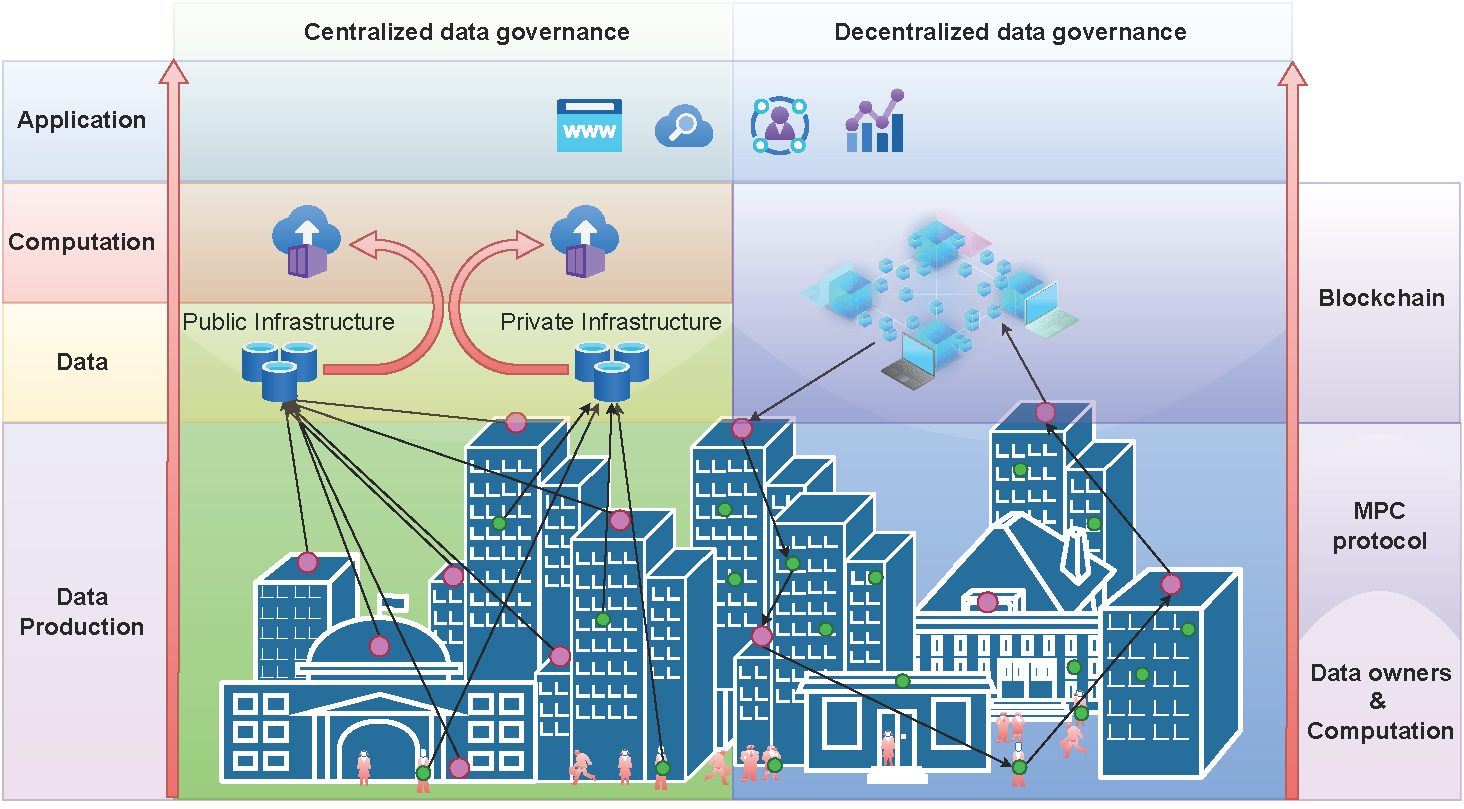
- PROJECT CODE: BI-US/19-21-114, ARRS – Public call of international bilateral scientific cooperation between Republic of Slovenia and USA from October 10, 2019 until September 30, 2021
- PROJECT TITLE: Wood chip technology for livestock heavy use areas to improve water quality
- PROJECT LEADER: David Brian DeVallance, PhD
- PERIOD: 01.10.2019 – 30.09.2021
- BUDGET: 3,030.00 EUR
- FINANCING: Slovenian Research Agency (ARRS)
- PARTNERS: InnoRenew CoE (Slovenia) and University of Vermont Extension Center for Sustainable Agriculture, Burlington, VT (USA)
Woody biomass, in the form of wood chips and biochar, are renewable materials that have been used historically in drainage and soil amendment applications. Both wood chips and biochar perform different functions in terms of soil quality, pollutant reduction, and drainage. Excess nutrients, specifically nitrogen and phosphorus, have been, and continue to be, a major contributor to water pollution and water quality degradation within surface waters throughout the world. Specifically, confined winter feeding of livestock is a major source of nutrient and sediment loss to surface waters due to increase in manure runoff from these concentrated areas. Sustainable and affordable approaches are needed that effectively control manure nutrients and reduce the environmental burden of manure waste runoff. To alleviate these concerns in small farming operations, wood chips have the potential for use in livestock heavy-use areas (HUAs). HUA structures prevent damage to pasture, reduce dirty water volumes, limit nutrient and sediment pollution to surface waters, and improve animal comfort. Installations typically consist of a shallow excavated area filled with a base layer of stone aggregate, containing a network of perforated drainage pipes, overlain by a thick layer of woodchips. Nutrient-laden water is either absorbed by the woodchips or percolates downward and enters the drainage system, where it is directed away for treatment or containment. Our prior research has indicated that wood characteristics are key for optimal HUAs performance. Additionally, our research has indicated that thermochemically modified wood chips have potential for use in within HUAs to improve water quality. Wood chip HUAs have been of increased interest in the northeastern region of the United States and are demonstrating positive effects on the environment. However, HUAs are not common in Slovenia, but their use has the potential to improve farming practices and help with rural development. Objectives of the project are to advance wood chip use and investigate new classes of thermochemically modified wood chips that have the potential to improve farming practices within Slovenia and the United States. The project will assist in rural development by providing firsthand knowledge of low-cost solutions for manure waste management at large and small family farms within Slovenia. Promotion of HUAs within Slovenia will provide a market for sawmill by-products and help create a new value chain for using wood chips to improve water quality.
InnoRenew CoE project activities
The InnoRenew CoE will determine necessary wood chip properties for use in livestock HUAs through evaluation of existing HUAs in the United States. The InnoRenew CoE will also provide knowledge related to use of thermochemically modified wood chips and their potential for use in HUAs. Researchers from the InnoRenew CoE will also assist in promoting HUA technology within Slovenia by presenting the technology to potential end-users and sawmills.
InnoRenew CoE project dissemination
Wood Chip Pad Fact Sheet (in Slovene)
Wood Chip Pad HUA Meeting Talk (Postojna, Slovenia, 29.07.2021; in Slovene)
Woodchip pads improve livestock health and water quality (InnoRenew CoE website, 11.08.2021)




